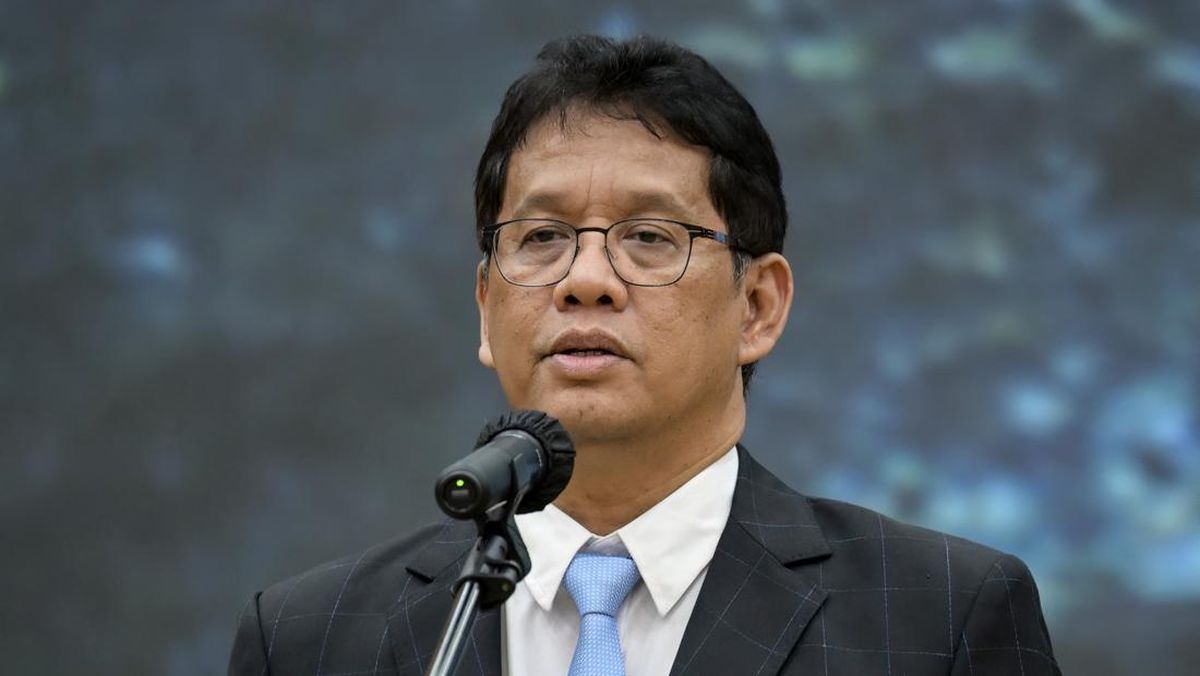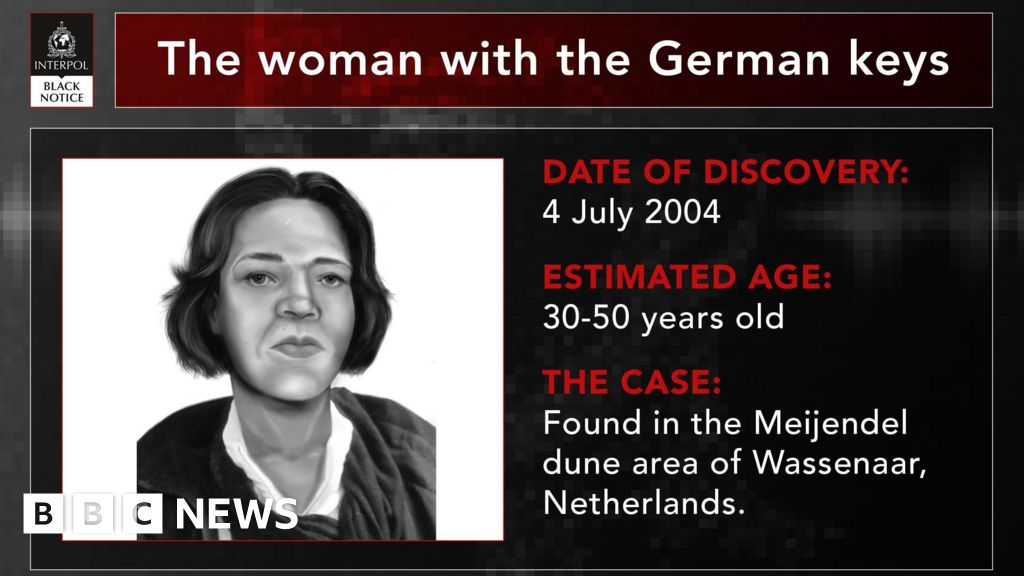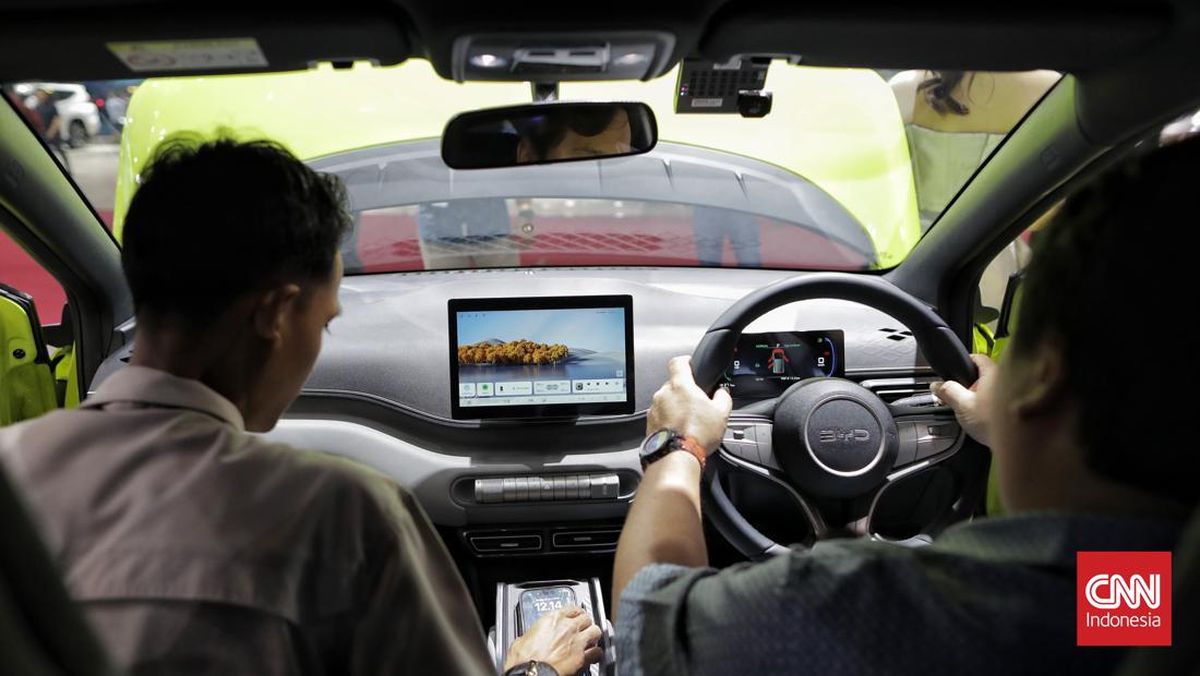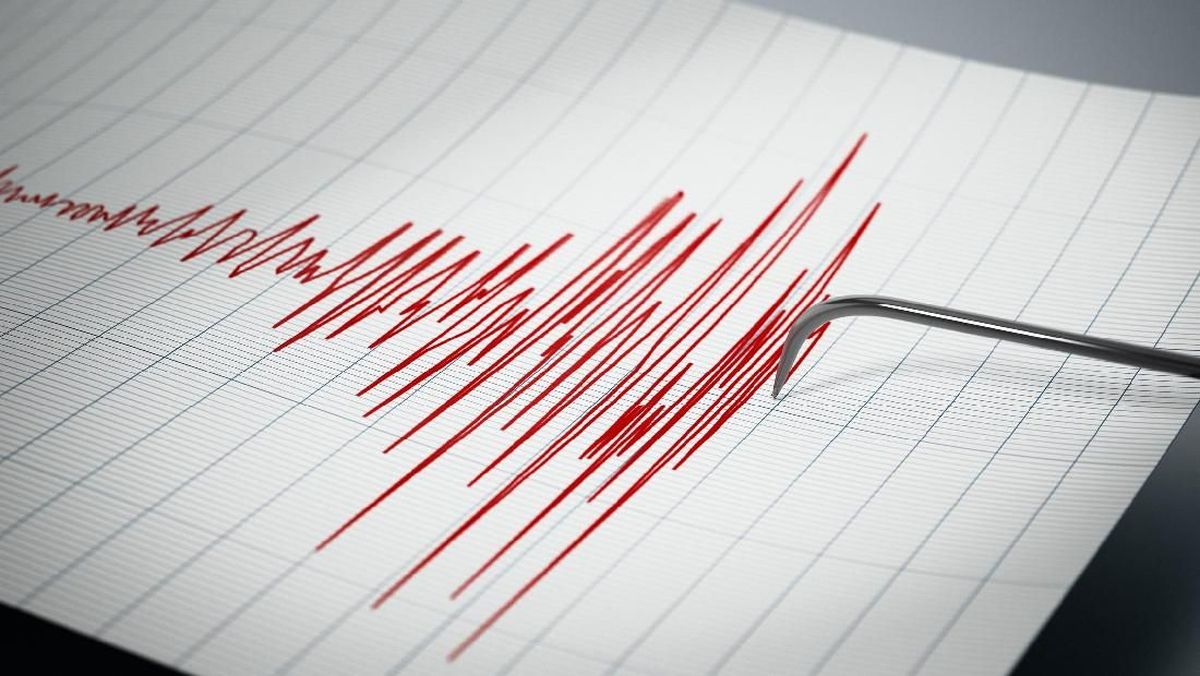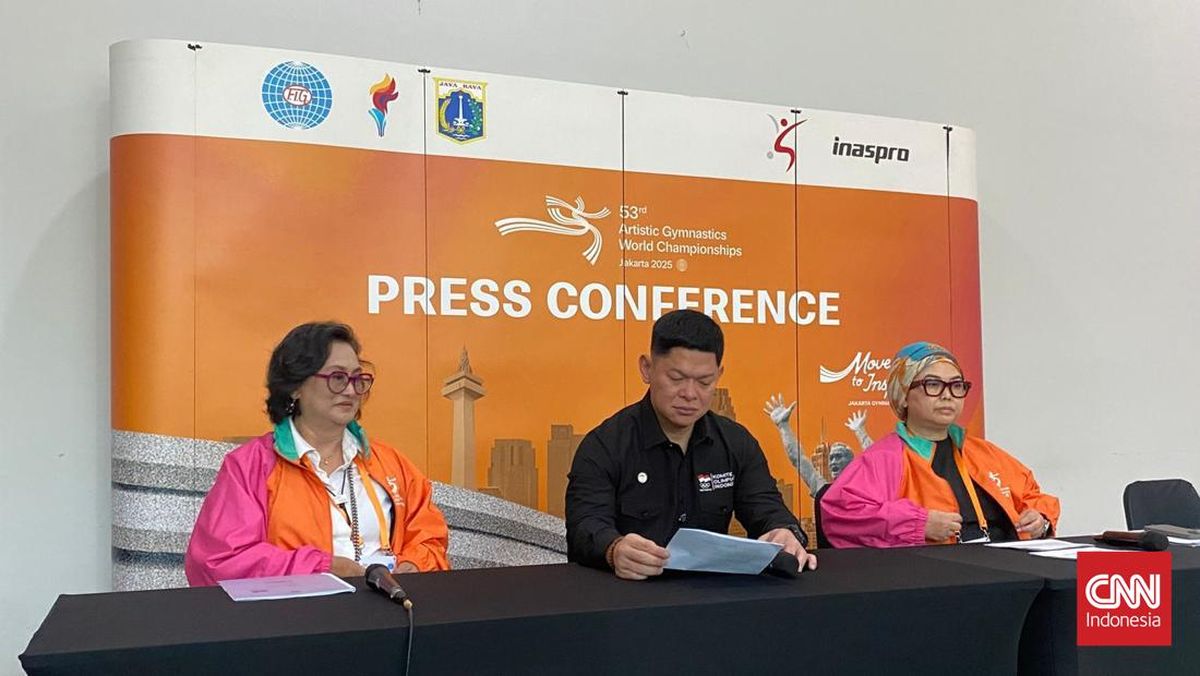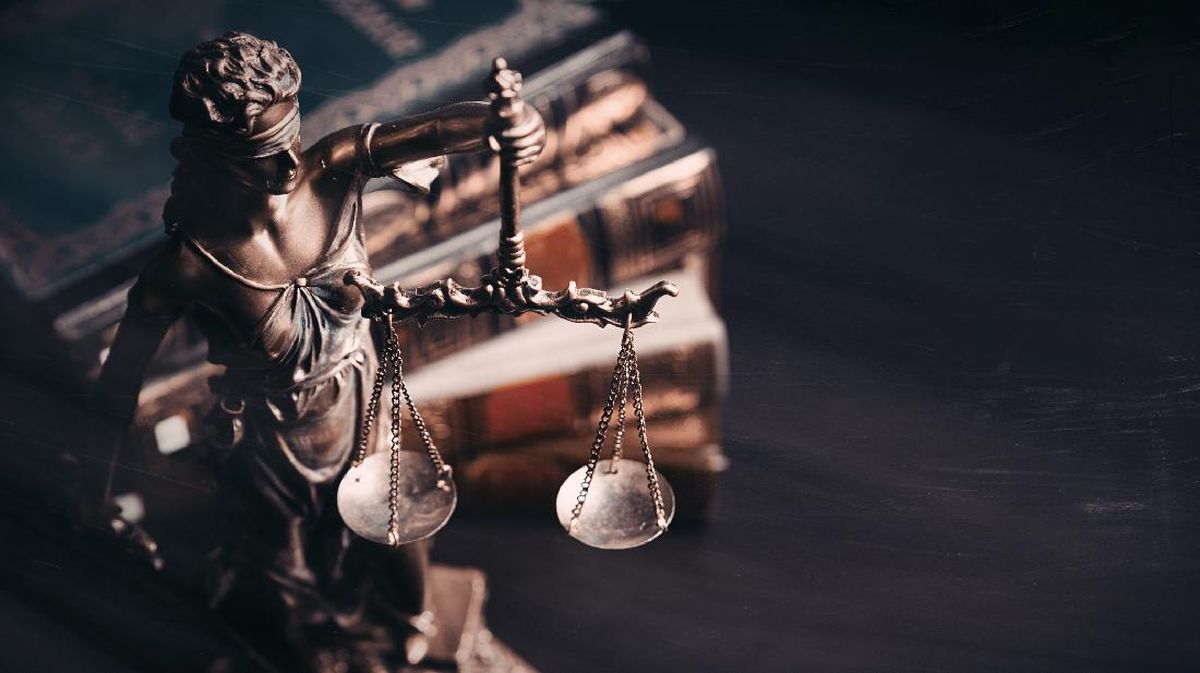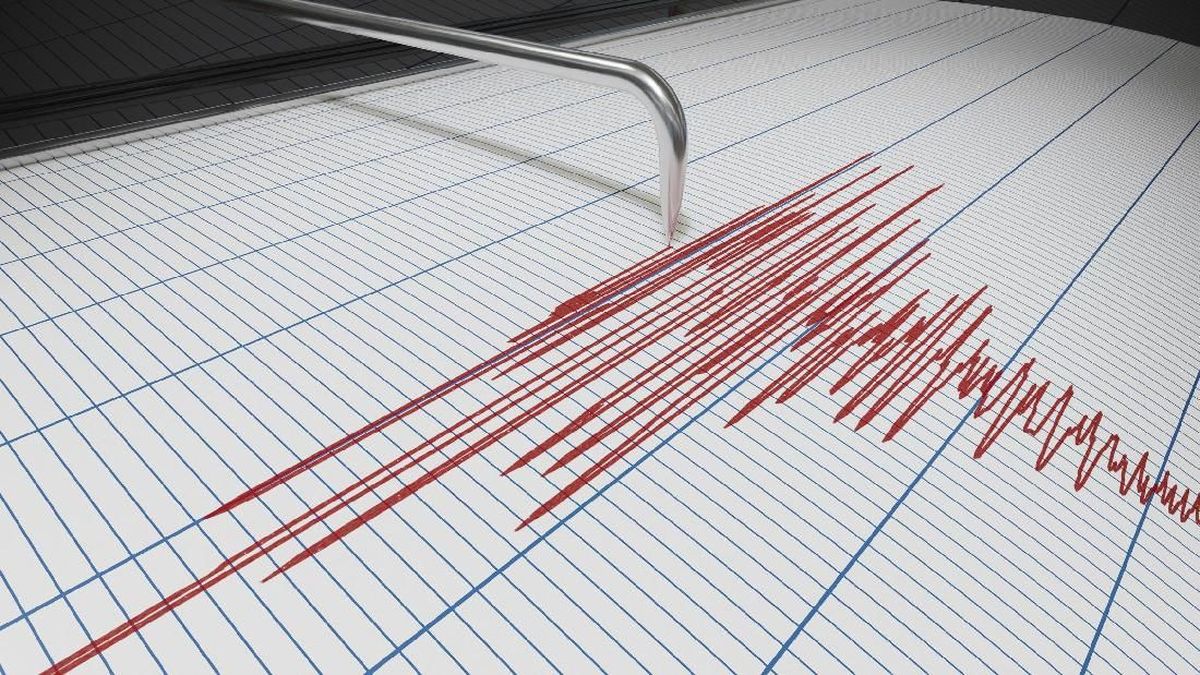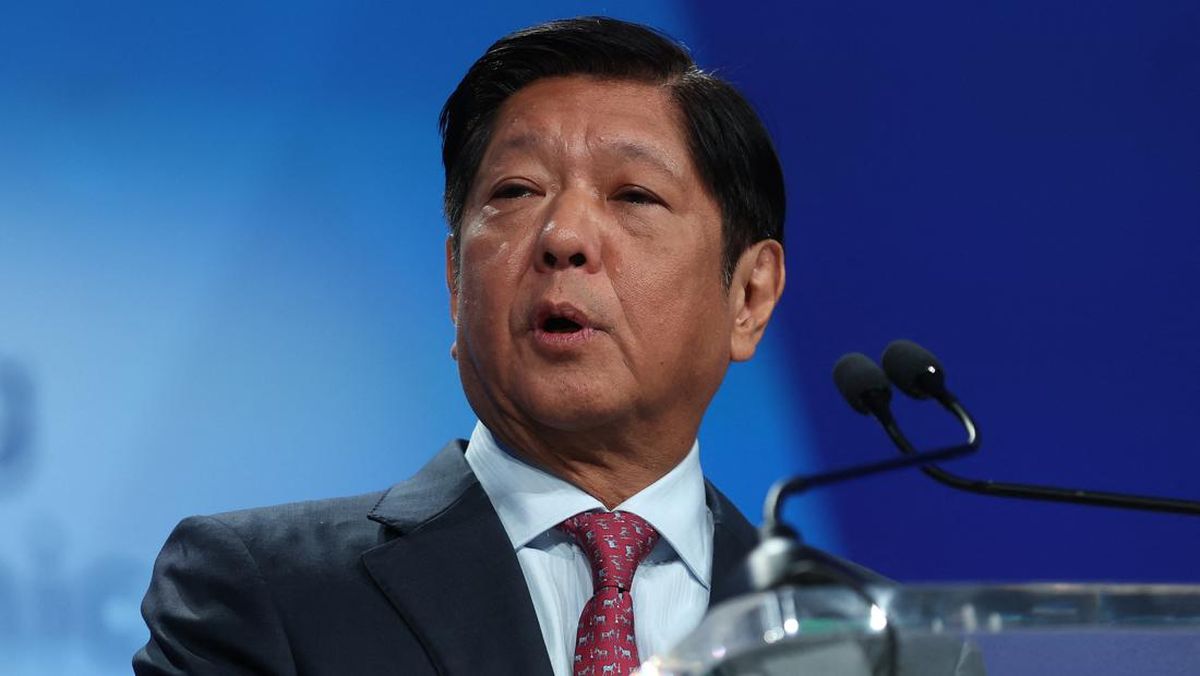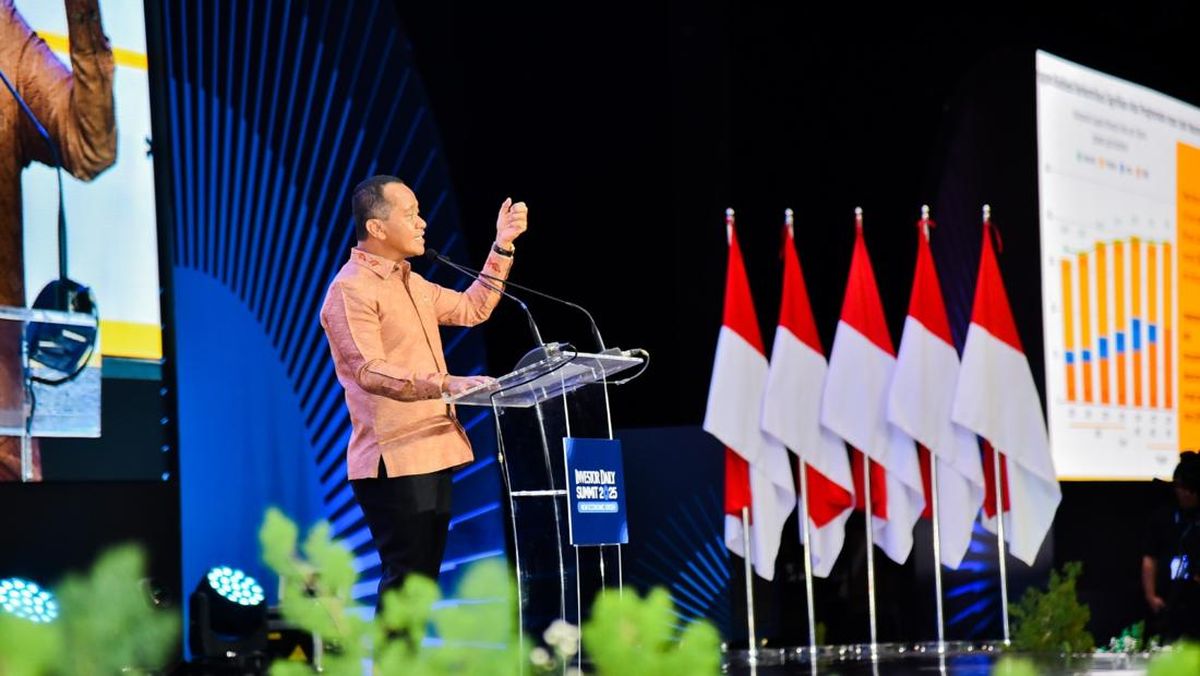The metro has raised the bar for Sydney commuters. Don’t expect it to stay that high
Opinion
September 18, 2025 — 5.00am
September 18, 2025 — 5.00am
A brief history lesson should remind Sydney commuters just how bad life can get on the city’s heavy rail network. It should also strike fear into the NSW Labor government.
Back in 2004, when NSW Labor was in power and the glory days of the Sydney Olympics were a fading memory, train services hit their nadir. There was one day – November 1– when not a single suburban train on all Sydney’s vast network arrived on time.

No light relief from heavy rail: NSW Premier Chris Minns Credit: Oscar Colman
If that were not bad enough, only 1 per cent of trains that day turned up within 10 minutes of their scheduled time. It was a monumental day for all the wrong reasons. Commuters, as you would expect, were not happy after suffering a year of delays. But they were also downtrodden and had come to expect that getting to work or school would be nothing short of chaos.
A quick fix back then? The government redefined the meaning of late. Nothing like an artificial tweak to paper over a problem. Fast-forward two decades, Labor is back in power, and commuters would be no less forgiving now.
We have had a taste of the new, fast, reliable, world-class metro. It has set our expectations high.
Premier Chris Minns, meanwhile, has set out to manage those expectations. Perhaps even dampen them. The era of building big, shiny new infrastructure – thanks to the pot of gold collected from the sale of the state’s poles and wires – is over. Minns has made that clear.
It is a serious dilemma for him, however. Minns has framed his government around solving the state’s housing crisis. His announcement on Wednesday of sweeping changes to planning laws, the biggest in 50 years, is the latest in his ambitious attempts to ensure more housing can be delivered more quickly.
However, if Minns is to convince naysayers, most notably NIMBY councils in the most affluent areas of Sydney, to accept more housing, he must also be able to assure them that there will be public transport to match.

An independent review into Sydney’s heavy rail network is about to be released.Credit: Max Mason-Hubers
On Wednesday in question time, Minns rattled off the number of metro stations his government is building (25 versus the 21 built under the previous Coalition government, he said). But there will be no more new metro lines beyond those under construction. That leaves the government with only one option: to vastly improve the existing heavy rail network, which is showing its age.
Within the coming week, respected transport and infrastructure expert Kerry Schott (not known for her lack of frankness) will release her independent review of the state of the city’s existing double-deck train network. Minns has already warned that it makes for sobering reading.
One of the key areas of concern Schott was asked to investigate was the passenger experience and whether communications with commuters and real-time updates during major disruptions are up to scratch. Her answer is sure to be no.
When Labor came to power in 2023, one of its first big commitments was to splash almost $100 million on heavy rail maintenance, which had seriously lagged under the Liberals. It was a decidedly unsexy project to announce compared to building metros.
But while the Coalition was busy building new metros, the less glamorous train network had been left to age ungracefully. Old fleets (some that had been running for 50 years) and a complex intertwined network meant that the smallest of hiccups could send the system into meltdown.
A classic example of this is the corridor between Strathfield and Lidcombe, where multiple lines converge. One blip, and the system collapses. Then there is the weather, with a rainy day enough to upset the whole network. Some problems are within the government’s control. Others are not.
Loading
It is sensitive to acknowledge, but increasing rates of suicide are also plaguing the network. The latest data from Sydney Trains shows that in the last financial year there were 21 suicides on the network’s tracks, an increase from 12 the previous year. So concerned is Sydney Trains about the rise in the numbers of suicides, the government is considering installing extra barriers at some stations.
Then there are pranks for social media. The incidences of buffer riding, where thrillseekers cling to the outside of a moving train to film TikTok content, is up 130 per cent since 2020, while crew cab entry (breaking into the compartment where the driver or guard is) is up 430 per cent.
All of this significantly impacts the reliability of the system that moves the bulk of commuters, and leaves Minns with a mammoth task. He has to make, and keep, a 170-year-old train system modern to meet the needs of a growing city. Anything less risks the Minns government being measured by its transport failures, just as NSW Labor was two decades ago.
Lifeline 13 11 14
Alexandra Smith is the NSW state political editor.
Most Viewed in Politics
Loading

